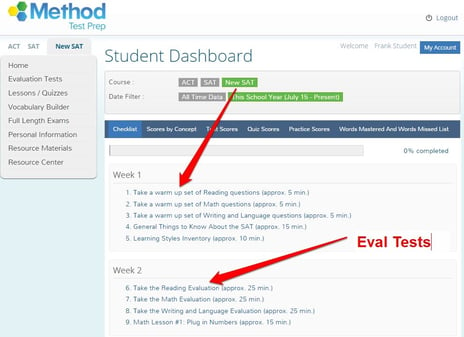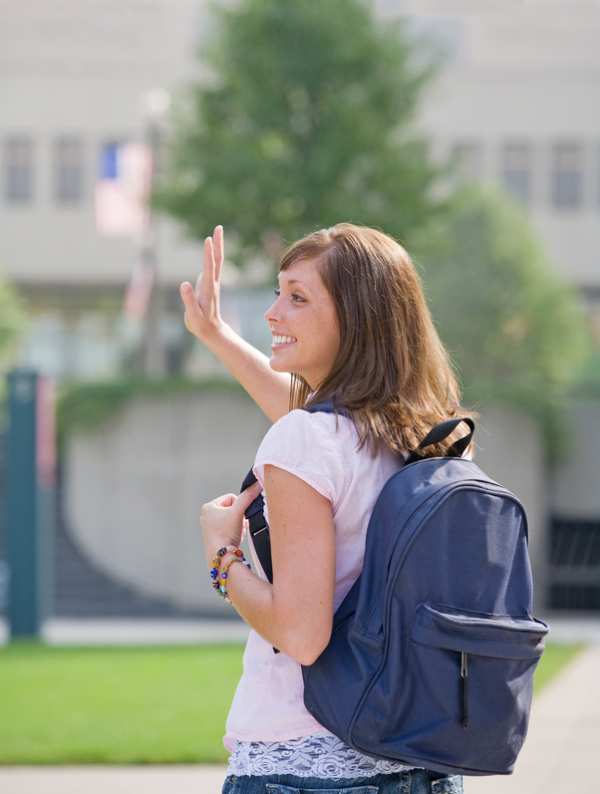If You Do Nothing Else for the PSAT, Get Your Students to Follow These Three No-Brainer Steps

IT'S ALMOST TIME FOR THE PSAT
It’s already mid-September, and that means it's less than one month before the PSAT. Usually, the PSAT is pretty uneventful: students register, take the exam, and forget about it until December, when sometimes shockingly disappointing scores arrive as a not-so-nice holiday present.
But this year, it’s different: the PSAT administered in October will model the revised SAT, set to hit desks nationwide in March, 2016. New exams naturally cause anxiety, but rather than let your students succumb to nerves, throw their hands up, and walk into the PSAT none the wiser, Method Test Prep has a no-brainer, three-step process to help your students go into the PSAT with confidence.
FOLLOW THESE STEPS TO PREPARE
After getting your students logged in to their Method Test Prep accounts, have them complete the following steps.
 Step 1: Have Students Complete the “Warmup” Tasks on the New SAT Checklist
Step 1: Have Students Complete the “Warmup” Tasks on the New SAT Checklist
When it comes to starting anything new, never underestimate the importance of the “get the ball rolling” principle. The Warmup tasks (#1–3) in our New SAT checklist are the perfect vehicles for action. These three tasks––one for each of the three section types on the PSAT/SAT––are no-frills three-question quizzes, complete with instant-feedback video and text explanations. They’re the best way to provide the initial push necessary to get students engaged with the material.
Step 2: Have Students Complete the “Evaluation” Tasks on the New SAT Checklist
Like all standardized college admissions exams, the PSAT features a level of time stringency students aren’t accustomed to. The Evaluation tasks (#6–8) in our New SAT checklist provide relatively short (25-minute) but comprehensive mini-exams meant to expose your students to the question types and timing-style they will face on the PSAT.
Step 3: Have Students Review the Evaluation Scores and AnswersAt the end of each evaluation, students will receive their approximate SAT-equivalent scores on each section, along with complete, detailed answer explanations for all questions. Have your students take some time to review the explanations. This is where the real learning and familiarization take place. After re-working some of the questions they get incorrect, students will feel much more confident that they are prepared for the PSAT on test day.
THAT'S IT!
Students don't need to go crazy preparing for the PSAT. It is, however, beneficial for all students to get at least a short introduction to the exam. In this way, their first experience with the SAT won't be a negative one. Have your students follow the steps above, and they'll start off on the right foot!


